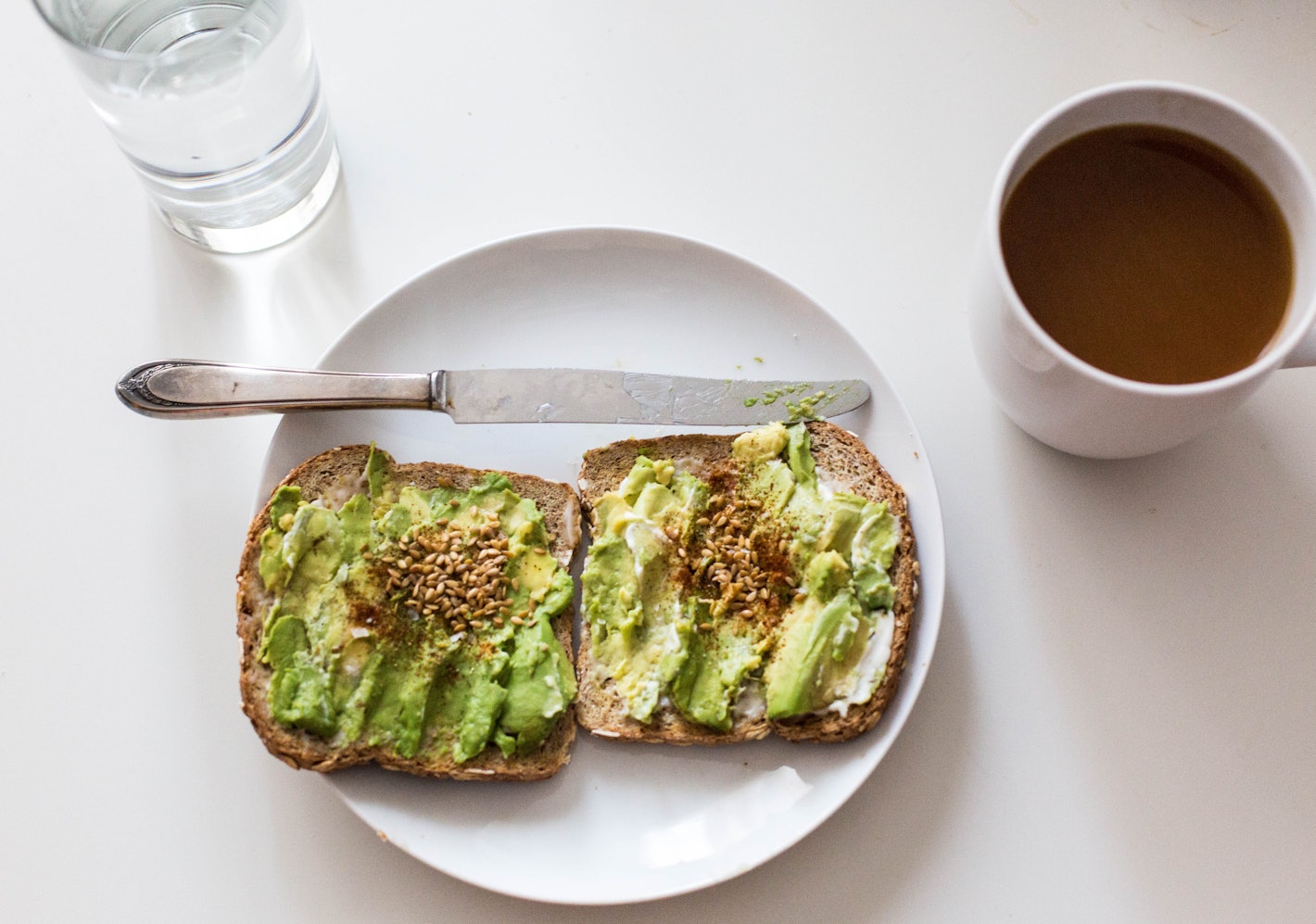Fipronil (FIP) is a highly effective, broad-use insecticide that belongs to the phenylpyrazole chemical group. It is extensively used in the agriculture and veterinary medicine for controlling a wide variety of pests. Though FIP showed lower toxicity in vertebrates than in insects, it was recognized to have a variety of toxic effects in mammals. The present study was undertaken to evaluate FIP-induced alterations in the blood biochemical markers and oxidative stress parameters in male albino mice via oral sub-acute toxicity exposure. The possible ameliorative effect of the pretreatment with selenium plus α-tocopherol (vitamin E) against the harmful effects of FIP was also investigated. Mice in FIP-test groups were exposed to different sublethal doses, i.e., 1.43, 2.87, and 4.78 mg active ingredient (AI)/kg body weight (b.w.), equal to 1/100, 1/50, and 1/30 LD50 of FIP, respectively, for 28 days. Mice in the amelioration groups were orally administered with selenium + vitamin E (0.3 mg + 22.5 mg/kg b.w., respectively) 14 days prior to exposure to the higher dose (4.78 mg/kg) of FIP for another 14 days. Fipronil exposure at medium and high doses showed lowered values of red blood cell count (RBC), hematocrit (HCT), hemoglobin (HGB), white blood cell (WBC), and platelet (PLT) counts after 28-day exposure, compared to the control. All three doses caused significant increases in levels of liver-function biomarkers, i.e., aspartate amino transaminase (AST), alanine amino transaminase (ALT), alkaline phosphatase (ALP), cholesterol, and bilirubin levels compared to the control. Levels of biomarkers related to kidney functions, i.e., urea, uric acid, and creatinine, increased significantly than these of the control. Likewise, the oxidative stress indices, i.e., hydrogen peroxide (H2O2) and malondialdehyde (MDA), significantly increased at the higher and medium doses, while antioxidant enzymes, catalase (CAT) and superoxide dismutase (SOD), decreased significantly. On the other hand, prior administration of selenium + vitamin E in the FIP-exposed mice led to restore values of most hematological parameters nearly to these of the control. Also, the levels of AST, total protein, and creatinine seemed to be restored to the control values. Interestingly, pretreatment with selenium + vitamin E restored the levels of antioxidant enzymes, CAT and SOD, to the control values, whereas, oxidative stress indices, H2O2 and MDA, remained significantly high. It is our thought that the sublethal dose less than 1.43 mg/kg b.w. of commercial formulation of FIP (COACH® 200 SC) could be considered as no-observed-adverse-effect-level(NOAEL) under our present experimental conditions at short-term toxicity study. On the other hand, the higher sublethal doses, 4.78 and 2.87 mg/kg b.w., induced significant adverse effects in biomarkers and may be deleterious to human health following long-term exposure.
Read More



